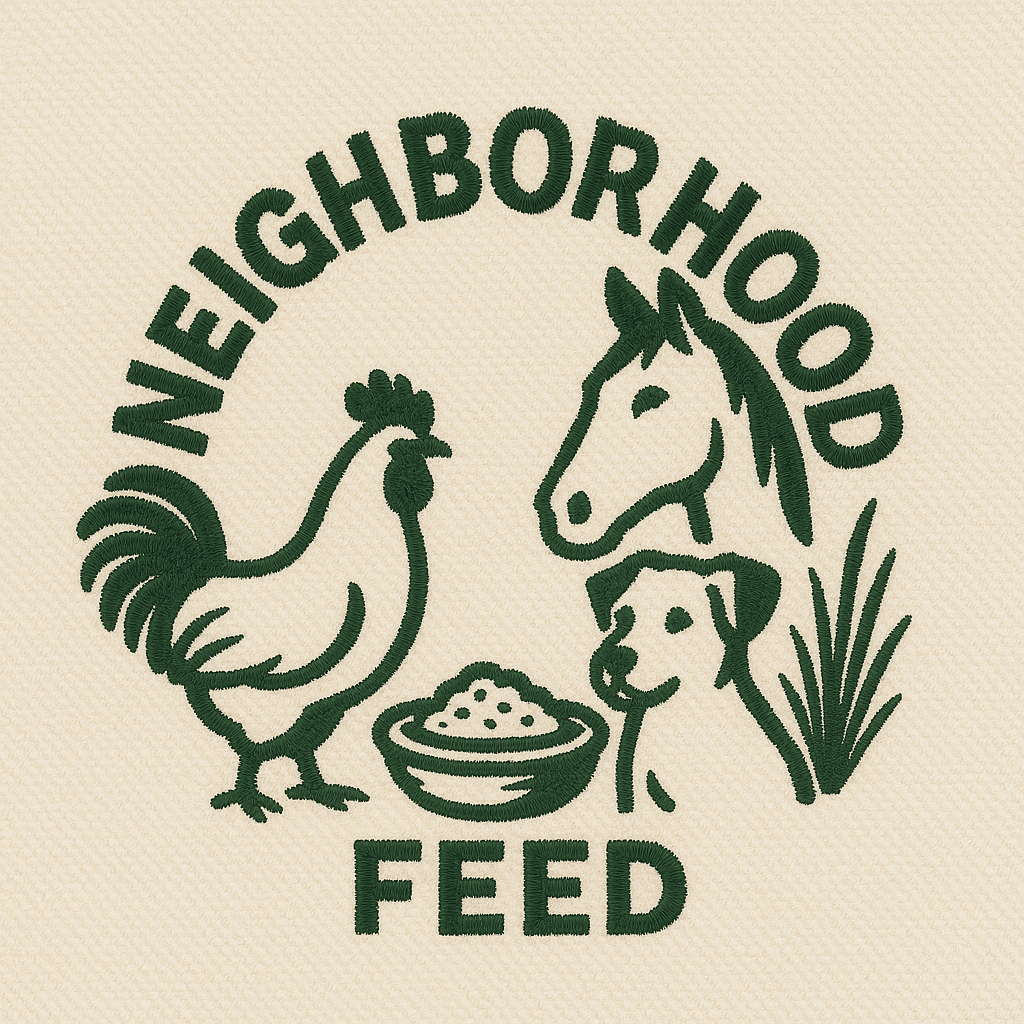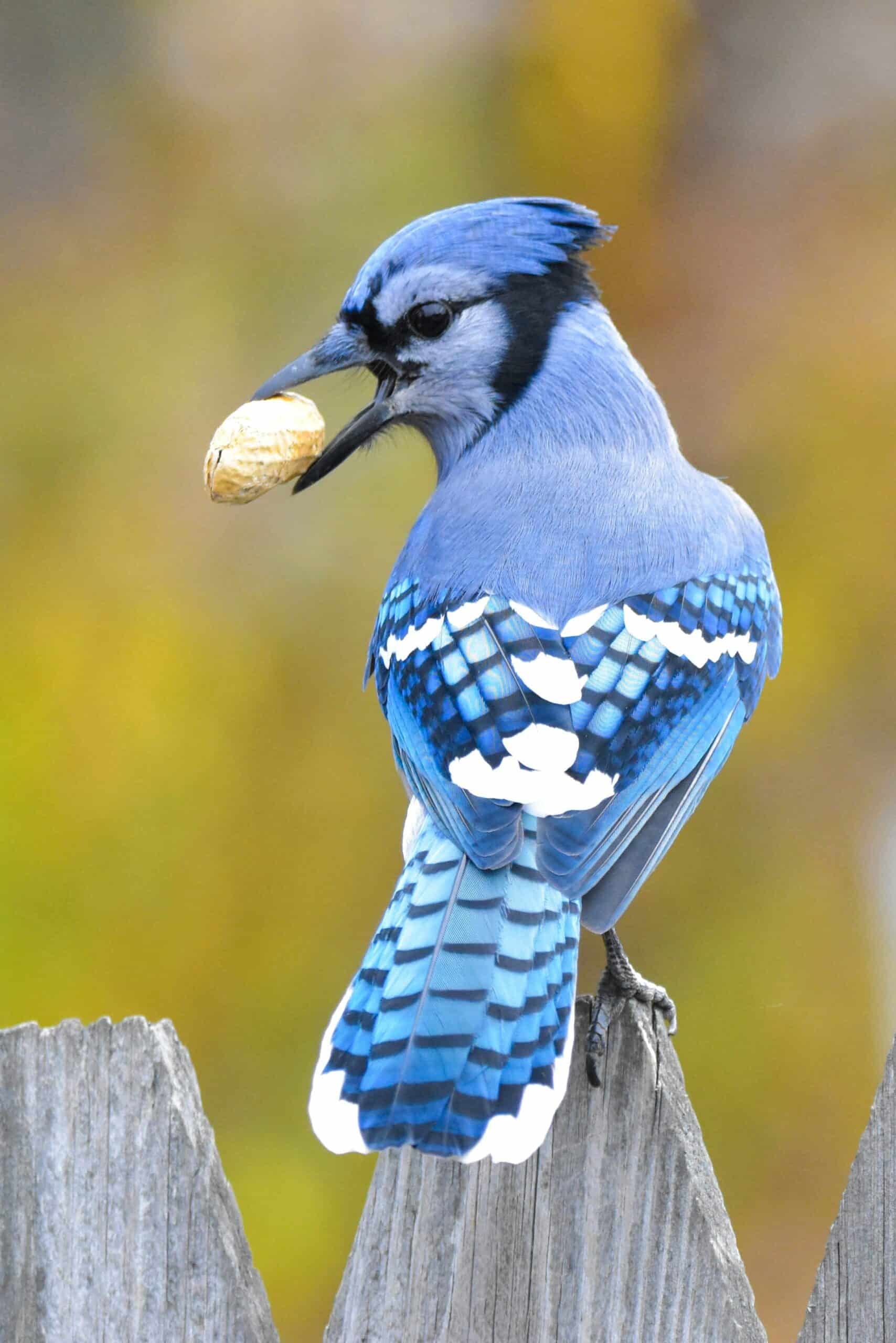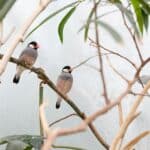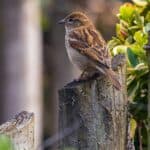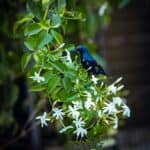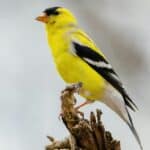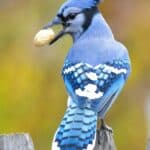Welcome to our beginner’s guide to backyard bird identification! Whether you are new to birding or looking to sharpen your skills, this guide will help you recognize the feathered visitors in your North Carolina yard. With a little practice and some simple tips, you can enjoy observing the unique and colorful birds that call your backyard home.
Why Identify Backyard Birds in North Carolina?
North Carolina is blessed with a diverse range of bird species. From resident birds that fill the year-round landscape to seasonal migrants that add an extra splash of color in the spring and fall, our state offers an exciting birding experience. Learning to identify these birds can enhance your connection to nature, boost your awareness of local wildlife, and provide a fun way to learn about the environment. Knowing which birds visit your yard can also help you understand local ecosystems and contribute to conservation efforts.
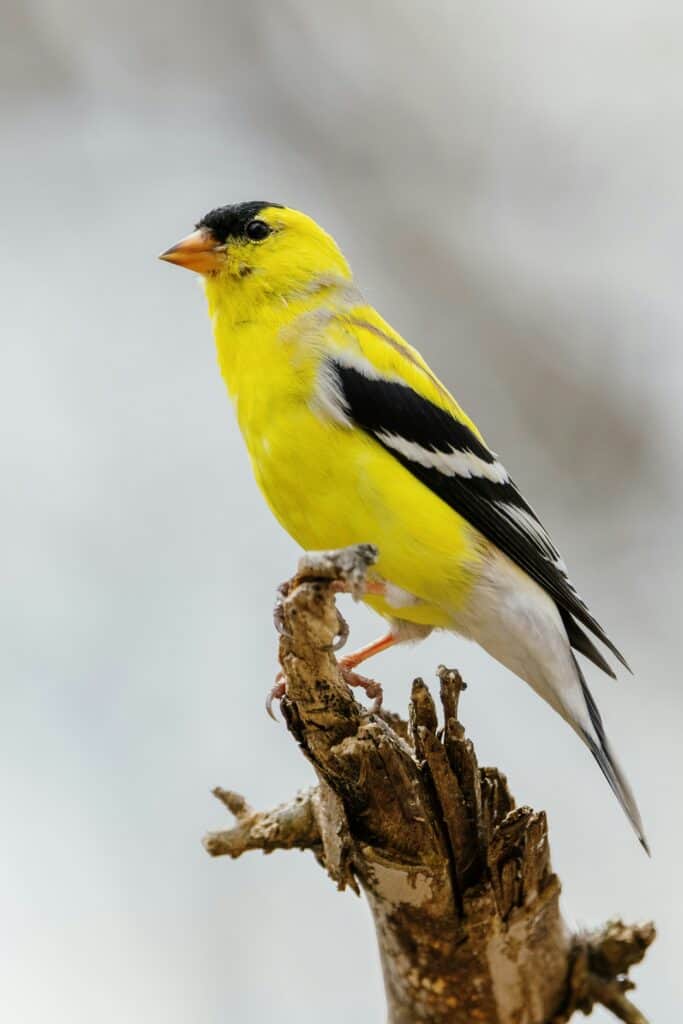
Getting Started with Bird Watching
Essential Tools
- Field Guides: Invest in a bird guide that is specific to North Carolina. These guides provide detailed pictures and descriptions, making it easier to match what you see in your yard.
- Binoculars: A good pair of binoculars will help you observe birds up close. Look for binoculars with a wide field of view and good light-gathering capabilities.
- Smartphone Apps: Apps such as Merlin Bird ID and eBird offer quick identification help and allow you to log your sightings. They are perfect for on-the-go bird watching.
- Notebook or Journal: Keeping a bird log can help you record your observations, noting details like size, color, and behavior.
Basic Bird Watching Tips
- Set a Schedule: Early mornings are best when birds are most active. Try to set aside time each day or week to watch and record what you see.
- Create a Quiet Space: Find a comfortable spot in your yard where you can sit quietly. Reducing noise and distractions will help you notice even the softest chirps and subtle movements.
- Be Patient: Birds may only visit briefly or appear unexpectedly. Take your time, enjoy the moment, and keep your eyes and ears open.
Key Features for Identifying Birds
Learning to identify birds starts with knowing what features to observe. Here are some key elements to focus on:
Size and Shape
Compare the bird’s size to common backyard items like a cat, a squirrel, or even your hand. Notice the overall shape and silhouette. Is the bird plump or slender? Does it have a long tail or a short one? Understanding size and shape helps you narrow down the possibilities.
Color Patterns and Markings
Pay attention to the colors and patterns on the bird’s feathers. Many birds have distinctive markings such as stripes, spots, or contrasting colors on the head and body. Some birds also change their appearance with the seasons, so be aware of subtle differences between summer and winter plumage.
Behavior and Movement
Observe how the bird moves and behaves. Does it hop on the ground, perch high in a tree, or fly swiftly from branch to branch? Listening to the bird’s call or song can also be an important clue for identification.
Habitat Clues
The location where you spot a bird can offer hints about its identity. Some birds prefer feeders, while others might be seen around water features or in the trees. Understanding these preferences can lead you to a quicker identification.
Common Backyard Birds in North Carolina
Let’s explore some of the birds you are likely to see in your North Carolina backyard. Here are a few of the most common species, along with tips on how to identify them:
Northern Cardinal
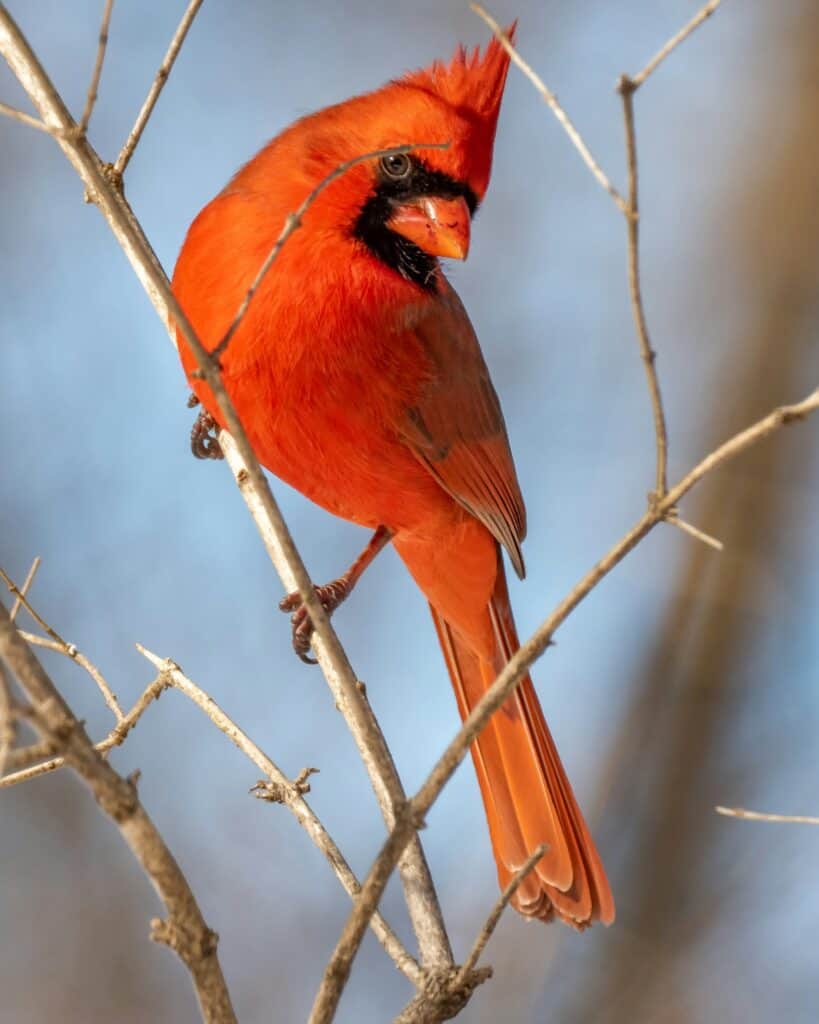
The Northern Cardinal is one of the most beloved birds in North Carolina. Males are known for their brilliant red plumage and distinct crest, while females tend to be a warm tan with red accents. Their sharp, clear song makes them easy to recognize.
Carolina Chickadee
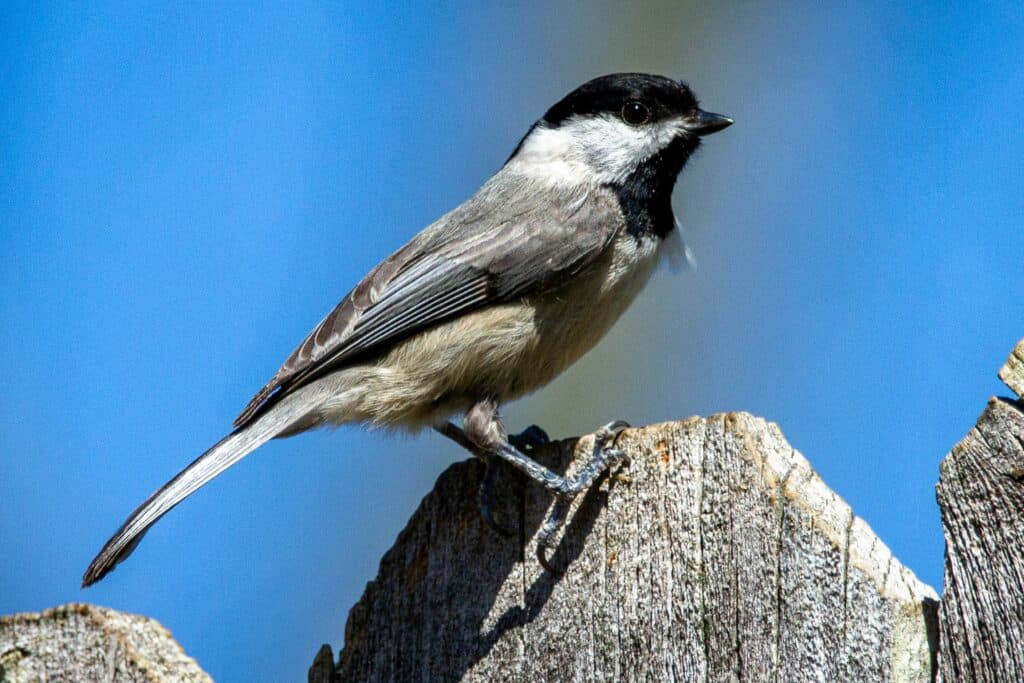
This small bird is a frequent visitor at feeders. The Carolina Chickadee sports a black cap and white cheeks, with a lively and inquisitive demeanor. Its friendly nature and active behavior make it a favorite among backyard birders.
Blue Jay
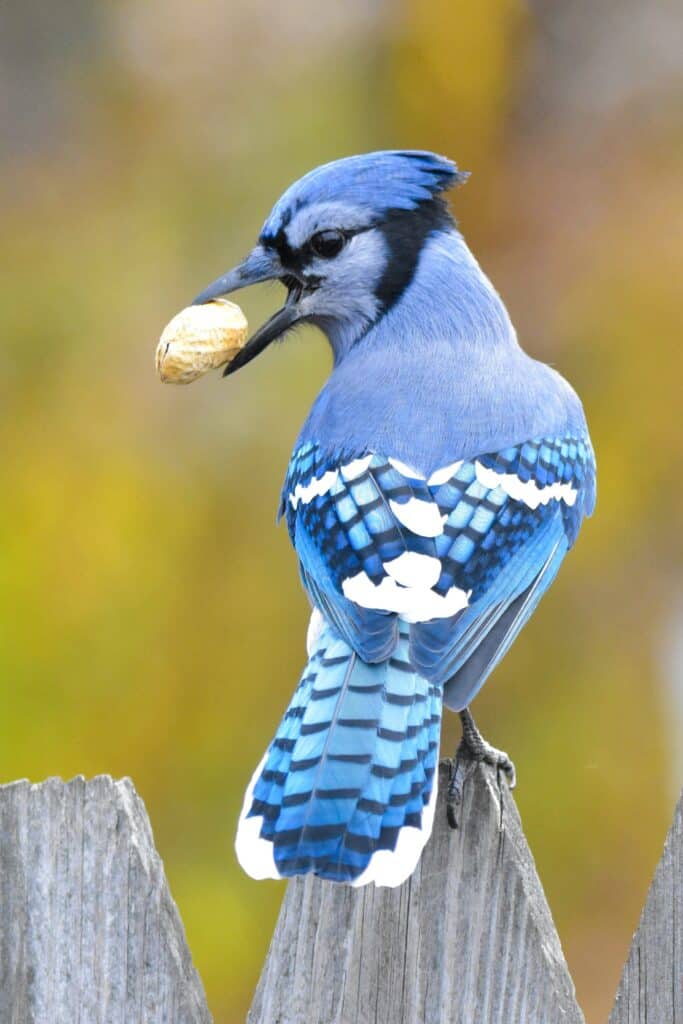
With its striking blue and white feathers, the Blue Jay is hard to miss. Known for its noisy calls and bold personality, the Blue Jay often makes its presence known. They are intelligent birds that can mimic sounds and are often seen in both residential and wooded areas.
American Goldfinch

The American Goldfinch is a burst of yellow in your yard during the summer months. Its bright plumage, coupled with black wing markings, makes it easy to identify. In the winter, these birds sport a more subdued, olive color, which can sometimes make identification a bit trickier.
Mourning Dove
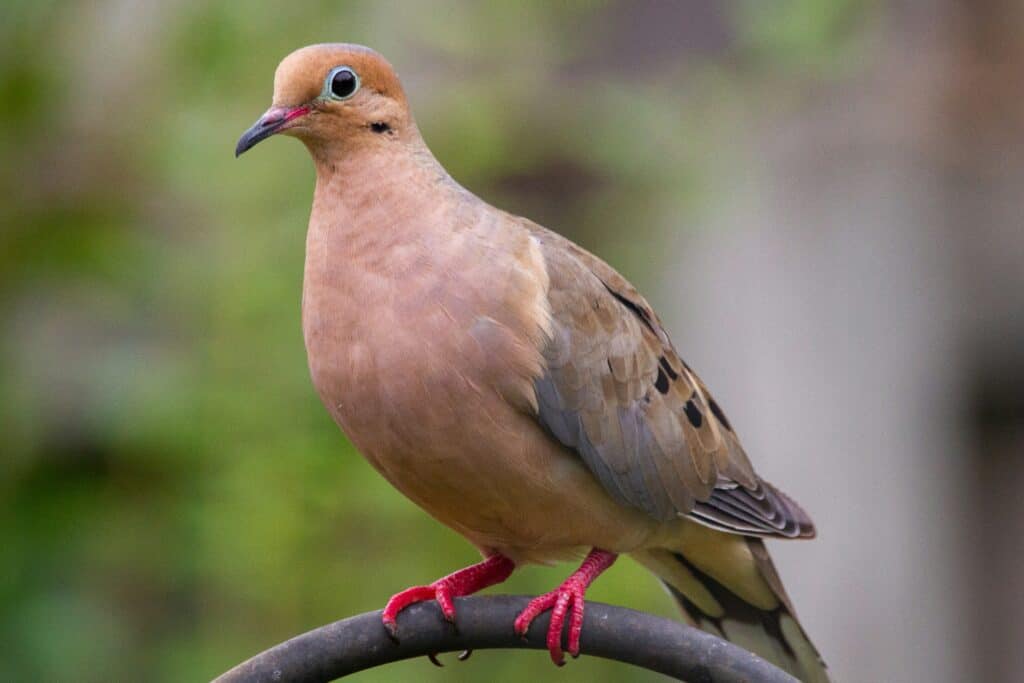
Mourning Doves are known for their gentle cooing sounds. They have a slim build and soft gray feathers, with a slight pinkish hue on the wings. Their calm and steady flight pattern distinguishes them from other, more erratic fliers.
Downy Woodpecker
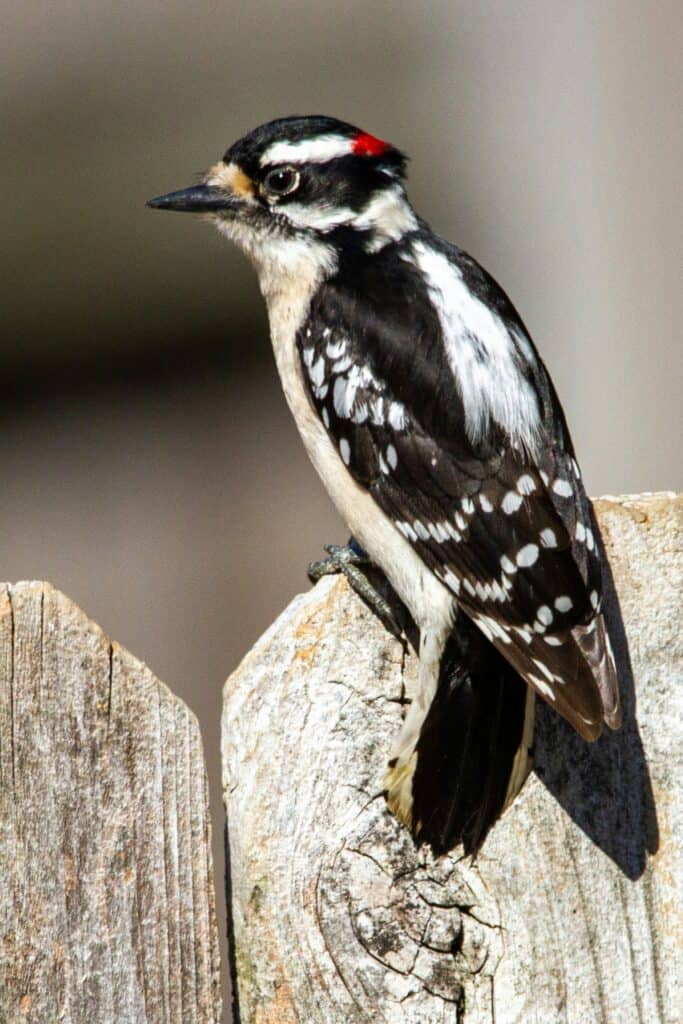
Although primarily known for their pecking, Downy Woodpeckers are also frequent visitors to backyard feeders. They are small, with a distinctive spotted pattern, and show contrasting black and white markings. They are often seen clinging to tree trunks or foraging along the ground.
While these are some of the most common species, North Carolina is home to many more. As you gain experience, you might start noticing less common visitors, each with its unique traits and behaviors.
Step-by-Step Bird Identification Process
Identifying birds can feel like solving a puzzle. Follow these steps to build your birding skills and create a reliable identification process:
1. Observation
Begin by finding a quiet spot in your yard and take a few moments to watch. Look at the bird’s size, shape, and movement. Try to notice any distinctive features such as the color of the head, tail, or wings. Even if the bird is moving quickly, a few seconds of observation can reveal enough details for a good guess.
2. Documentation
Keep a bird log or journal by your side. Jot down what you see, including the time of day, weather conditions, and the bird’s behavior. If possible, snap a quick photo. Over time, this documentation will help you notice patterns and improve your identification skills.
3. Comparison
After observing and documenting, compare your notes with a field guide or a trusted mobile app. Look for similar physical characteristics, behaviors, and habitats. Use multiple sources if necessary to confirm your identification, as many species have similar traits.
4. Confirm and Learn
Once you have identified the bird, take a moment to learn more about it. Research its habits, diet, and role in the local ecosystem. This not only enhances your birding experience but also deepens your connection with nature.
Expanding Your Birding Knowledge
Once you’ve mastered the basics of bird identification, consider expanding your skills by engaging with the local birding community and exploring additional resources.
Join Local Birding Communities
Many areas in North Carolina have birding clubs and nature centers that host bird walks, workshops, and events. Joining these groups can provide you with firsthand experience and tips from more seasoned birders. It’s also a great way to meet like-minded individuals who share your passion for wildlife.
Leverage Community Science Platforms
Platforms like eBird allow you to contribute your sightings and see what others in your area have observed. This not only builds a personal record of local bird activity but also supports broader conservation efforts through community science.
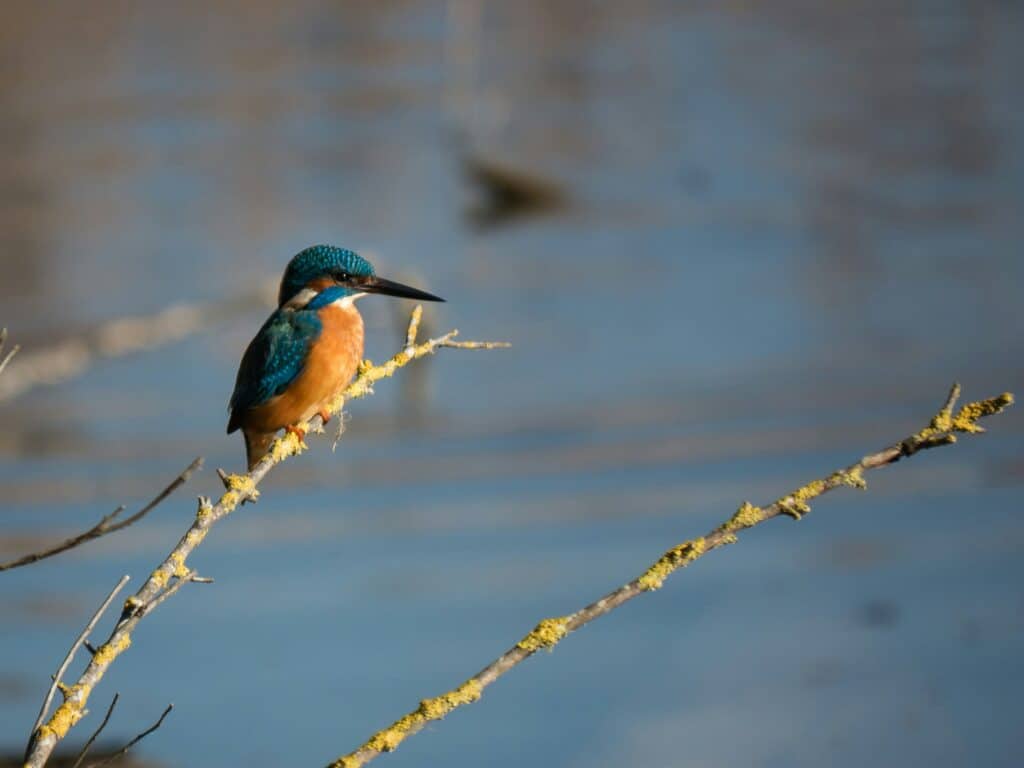
Explore Educational Resources
- Books and Field Guides: Choose guides that are updated and specific to North Carolina. They offer detailed descriptions, illustrations, and maps of bird distributions.
- Websites and Blogs: Follow reputable birding websites and blogs for articles, tips, and news about local bird populations.
- Mobile Apps: In addition to identification apps, consider using apps that offer bird calls and interactive maps to help you locate different species.
We hope this guide inspires you to take a closer look at your backyard and discover the amazing birds that live here. Happy birding!
